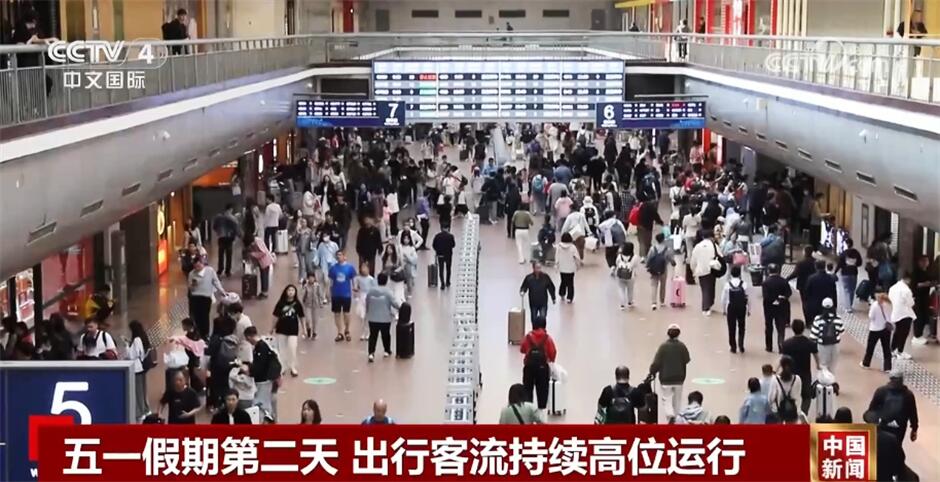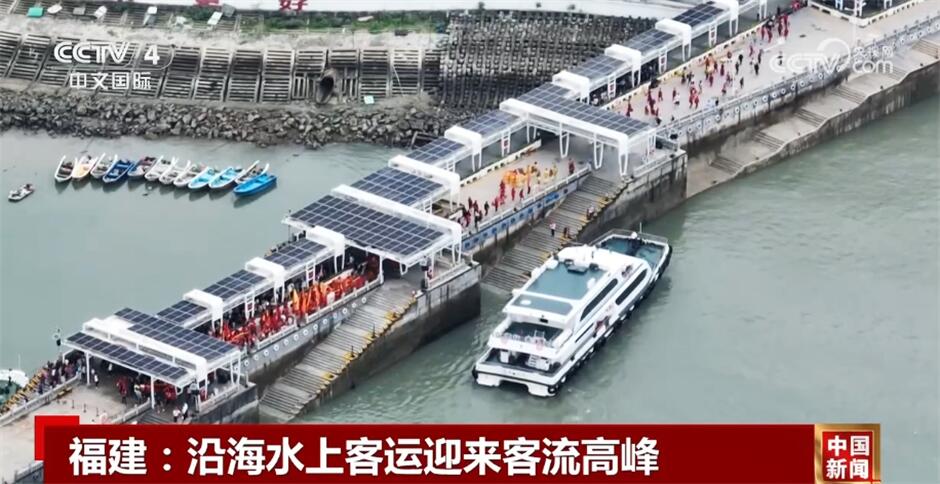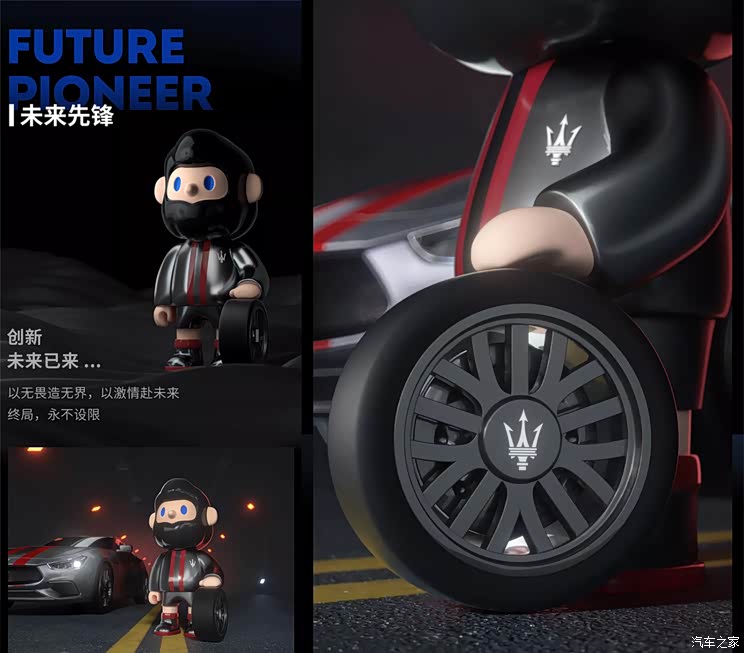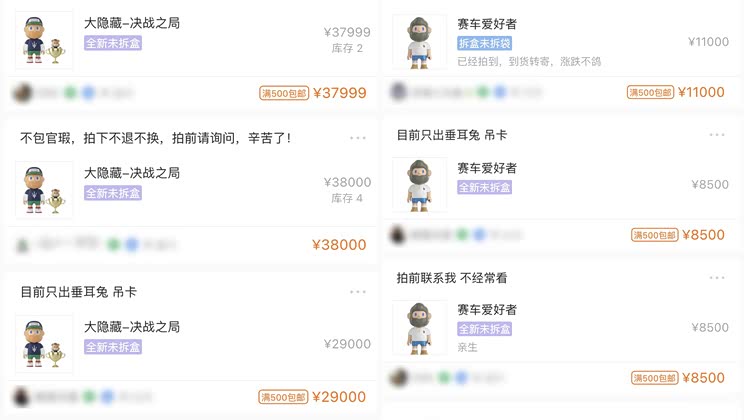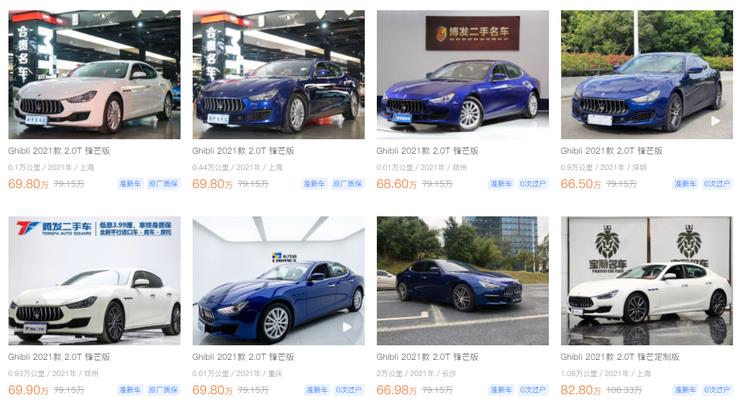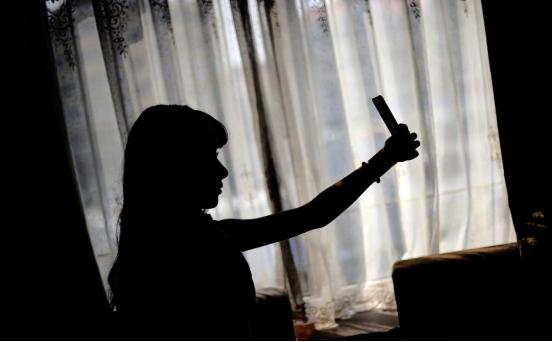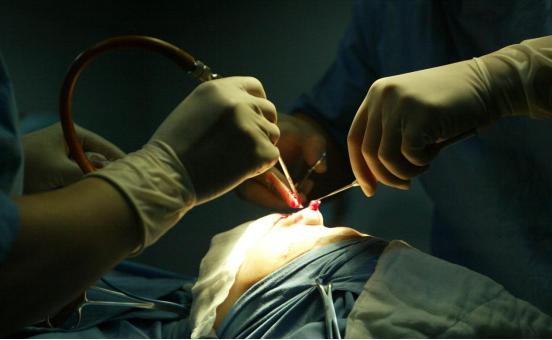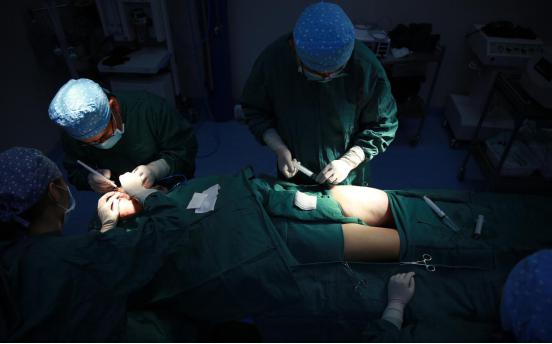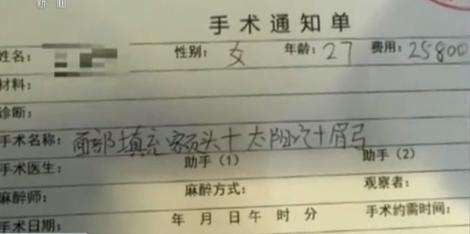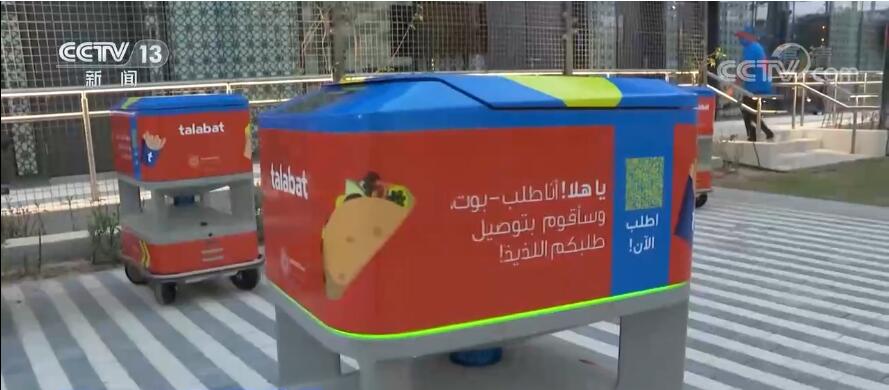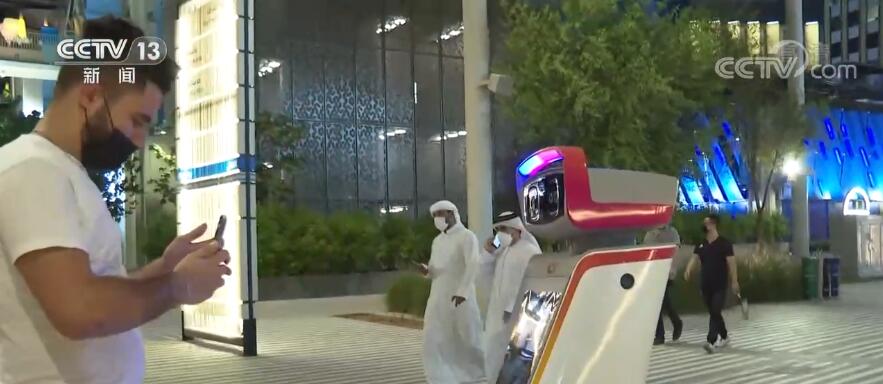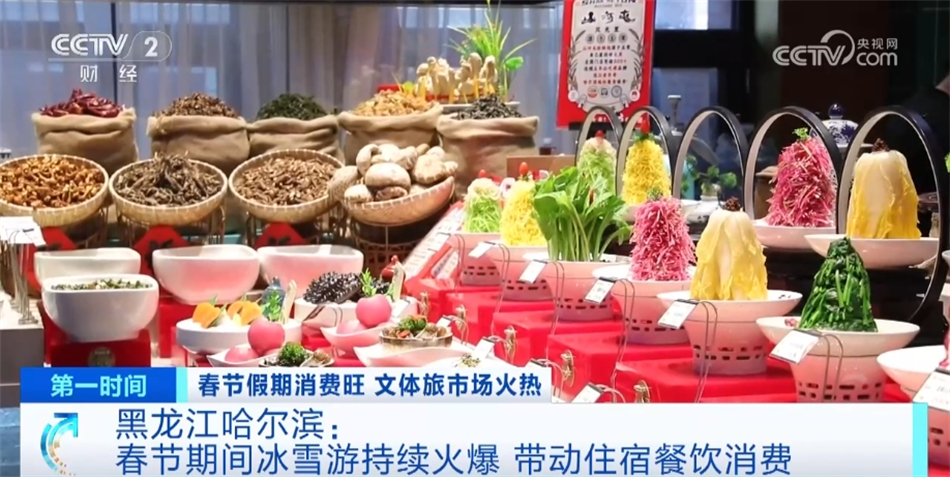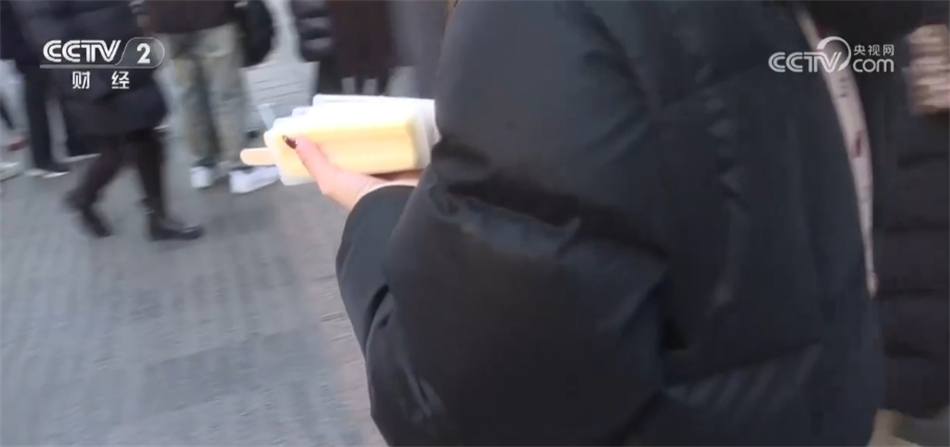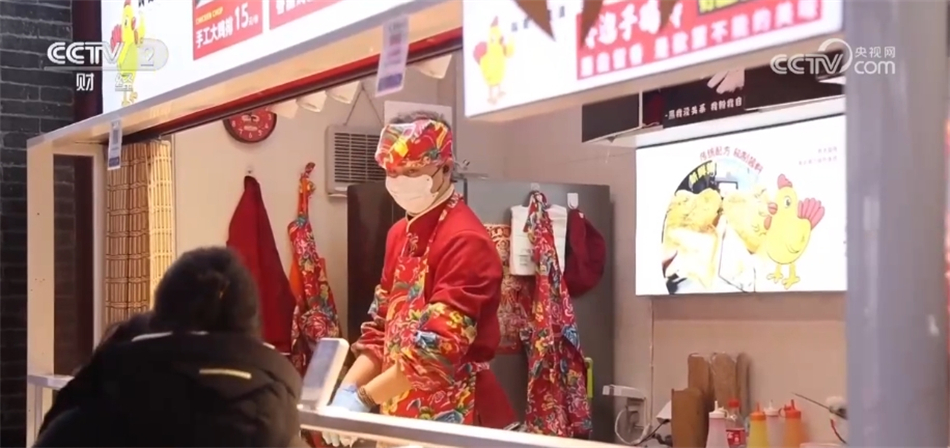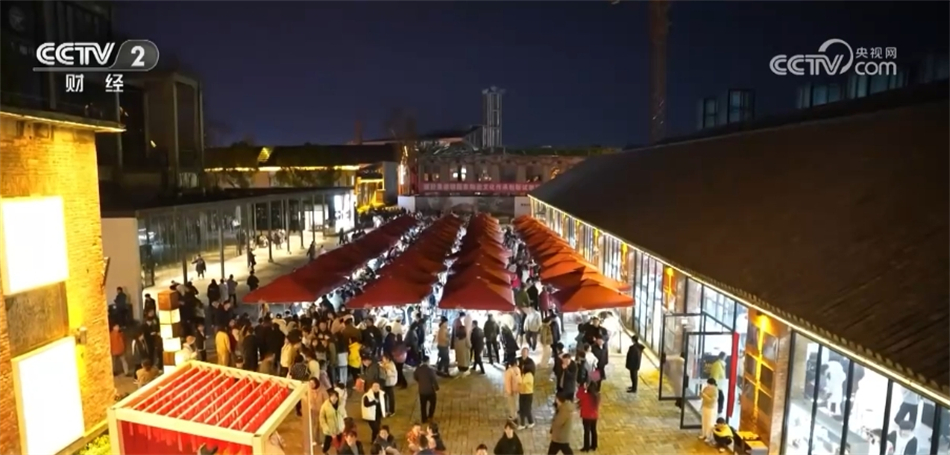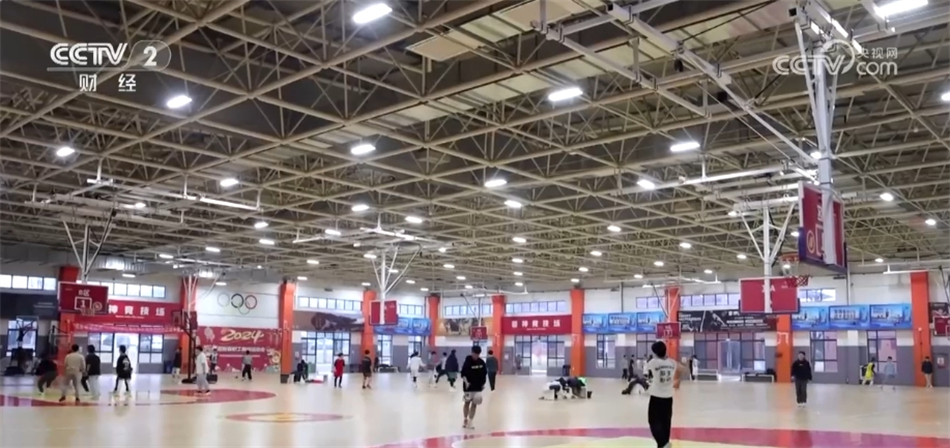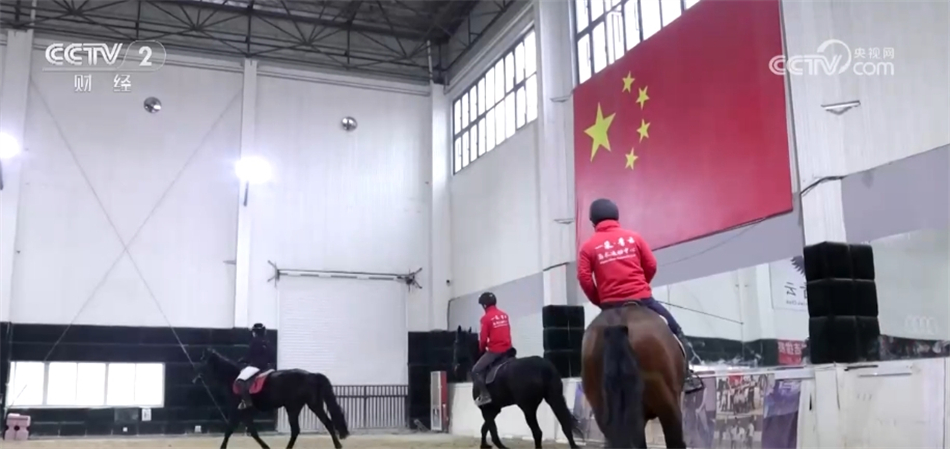Property insurance industry deepens the market and helps development.
    Recently, the "transcripts" of listed insurance companies in 2023 have been released one after another. Among them, the overall performance of the property insurance industry is bright, and the profitability of the company remains stable, showing strong development resilience as a whole. The annual report shows that in 2023, the auto insurance business of listed insurance companies grew steadily, and the non-auto insurance business continued its high growth trend, which became an important driving force for the growth of property insurance premiums. At the same time, many insurance companies also showed optimistic expectations for premium growth in 2024 at the performance conference. According to the data of the State Financial Supervision and Administration Bureau, in 2023, the original premium income of property insurance companies was 1.59 trillion yuan, and the compensation expenditure was 1.07 trillion yuan. Among them, the premium income of auto insurance, liability insurance, agricultural insurance, health insurance and accident insurance was 867.3 billion yuan, 126.8 billion yuan, 143 billion yuan, 175.2 billion yuan and 50.9 billion yuan respectively.
    The auto insurance market is mixed.
    Auto insurance has always been the basic disk of the property insurance industry. Since 2023, under the influence of many factors, such as travel recovery, frequent disasters and rising cost competition, it is challenging for property insurance companies to realize underwriting profit. According to the annual report, PICC P&C Insurance, Ping ‘an Property Insurance and Taibao Property Insurance, the "old three companies" in the property insurance industry, realized the original premium income of about 1 trillion in 2023, accounting for about 63% of the market share, and the Matthew effect formed by the scale advantages of the three companies continued to intensify.
    Among them, the auto insurance premiums of these three companies totaled 602.99 billion yuan, up 5.7% year-on-year, and contributed 15.765 billion yuan of underwriting profit with nearly 70% market share, exceeding the profit level of the entire auto insurance industry. Specifically, PICC P&C has the largest auto insurance business, with a premium income of 285.626 billion yuan, a year-on-year increase of 5.3%; Ping An Property & Casualty Insurance and CPIC Property & Casualty Insurance earned 213.85 billion yuan and 103.514 billion yuan respectively, up 6.2% and 5.6% respectively.
    Despite the steady growth of auto insurance premiums, the "third family" of the property insurance industry has to face the reality that underwriting profits have fallen sharply. The data shows that PICC P&C Insurance, Ping An Property Insurance and CPIC Property Insurance realized underwriting profits of 8.623 billion yuan, 4.732 billion yuan and 2.41 billion yuan respectively, down by 41.1%, 41.09% and 15.02% respectively.
    In this regard, industry insiders analyzed that on the one hand, the demand for public travel increased after the epidemic, and the frequency of using cars increased sharply. In addition, in 2023, some areas were affected by natural disasters such as heavy rain and typhoons, and the number of auto insurance reports increased, and the pressure on insurance companies to pay compensation continued to increase. On the other hand, in 2023, insurance companies gained greater autonomy in pricing, and some insurance companies may adopt more radical pricing strategies, resulting in insufficient premium income to cover the increased compensation costs.
    There is another phenomenon worthy of attention in the 2023 annual report, that is, the proportion of new energy auto insurance has risen rapidly. In recent years, with the popularization of new energy vehicles, consumers’ demand for new energy auto insurance is also rising. At the annual performance conference, Yu Ze, vice president of PICC China, said that the growth of PICC P&C insurance business in 2023 mainly comes from the growth rate of new energy auto insurance. According to the annual report of the group, the number of new energy vehicles underwritten by PICC China in 2023 increased by 57.7% year-on-year. Taibao Property & Casualty also showed in the annual report that in 2023, the company explored a new business model of new energy vehicles, integrated the overall layout into the automobile industry ecology, and established a flat cooperation mechanism with car companies. In 2023, new energy auto insurance increased by 54.7% year-on-year.
    However, compared with traditional fuel vehicles, the comprehensive cost ratio of new energy auto insurance is higher, which directly affects the underwriting strategy and profit of auto insurance; The "three highs" of high premium, high risk rate and high payout ratio have been puzzling insurance companies and policyholders. Experts in the industry believe that new energy auto insurance has not yet achieved profitability from the industry level, but large insurance companies have excellent comprehensive cost ratio due to their advantages in resources and talents, and the future of new energy auto insurance is worth looking forward to. Yu Ze revealed that the comprehensive cost ratio of new energy vehicle commercial insurance of PICC P&C Insurance is about 7 percentage points higher than that of auto insurance as a whole. Gu Yue, chairman of CPIC Property & Casualty, said that CPIC Property & Casualty conducted a project research on the new energy auto insurance market three years ago. In 2023, the growth rate of the company’s new energy auto insurance exceeded 50%, accounting for 1 to 2 percentage points higher than that of the industry. Although the new energy auto insurance is still losing money at present, the comprehensive cost rate will show a downward trend in 2023. "We are full of expectations for the future development of new energy auto insurance. The company will give full play to the role of the head enterprise and take the lead in trying first, and actively promote the high-quality development of China’s auto industry." Gu Yue said.
    Deeply cultivate the market, explore and innovate
    Non-auto insurance is the "second growth curve" of property insurance companies. In 2023, the original premium income of PICC P&C non-auto insurance business was 230.181 billion yuan, an increase of 7.4%; The original premium income of non-auto insurance business of CPIC Property Insurance was 84.828 billion yuan, an increase of 19.3%; Sunshine Property Insurance’s non-auto insurance business realized the original insurance premium income of 18.10 billion yuan, a year-on-year increase of 14.9%; Taiping Property Insurance’s non-auto insurance service income increased by 16.7%, and its business structure continued to be optimized.
    From the perspective of insurance types, Italian health insurance, liability insurance and agricultural insurance have developed rapidly. In 2023, PICC P&C’s planting insurance and breeding insurance business continued to maintain rapid development, and agricultural insurance realized insurance service income of 52.857 billion yuan, a year-on-year increase of 10.6%; Accidental injury and health insurance business realized insurance service income of 43.747 billion yuan, an increase of 23.8%. The original premium income of freight transportation insurance of China continent insurance was 1.406 billion yuan, an increase of 31.7%. The original premium income of CPIC Property & Casualty Liability Insurance was 19.657 billion yuan, up by 31.4%;
    Yu Ze said that PICC P&C always attaches great importance to the profitability of non-auto insurance and continuously improves its profitability. On the one hand, innovate the development model of "insurance+risk reduction service+technology"; On the other hand, take the initiative to reduce some businesses and carry out comprehensive management of high compensation. "Under the normal disaster level, PICC P&C will control the comprehensive cost ratio of non-auto insurance within 100% and strive for further optimization." Yu Ze said.
    The relevant person in charge of Sunshine Property Insurance said that in the non-auto insurance business sector, Sunshine Property Insurance continued to improve the pricing ability of non-auto insurance products and risk service solutions based on serving the national strategy and supporting the real economy, and established a non-auto insurance data life table system with "one table and two volumes" as the overall framework, which supported the underwriter’s business quotation ability, led and supported the sales team’s market expansion ability, and further consolidated the balanced development foundation of non-auto insurance business.
    Compared with the traditional insurance companies which mainly focus on auto insurance, Zhongan Online Property Insurance Co., Ltd. is based on its own specialty, and has paid more attention to the potential network market. For example, e-commerce insurance products that provide scenes such as return, quality, logistics, after-sales service and merchant performance payment for e-commerce platforms; Continue to introduce products such as pet insurance, accident insurance for innovative scenes, broken screen insurance for mobile phones, drone insurance and home property insurance. In terms of performance, in 2023, the total premium of Zhongan’s online e-commerce business segment reached 6.593 billion yuan, a year-on-year increase of 25.3%; The premium of air travel business segment reached 3.242 billion yuan, an increase of 89.0%; The total transaction volume of pet insurance reached 500 million yuan, an increase of nearly 150%. Diversified scenarios mean a broader market space, but it also means that Zhongan Online needs to continuously improve its actuarial and service capabilities.
    Taking pet insurance as an example, the annual report shows that Zhongan Online’s pet insurance covers six categories of spontaneous disease protection for pets, with health management services, including deworming, vaccination, online consultation and dietitian consultation, as well as optional value-added protection such as pet third-party liability insurance and pet death compensation. However, the reporter also noticed that there have been many complaints about Zhongan online pet insurance on major complaint platforms and various social media. Specific complaints include that the insured thinks that the insurance clauses are ambiguous, does not understand the reasons for refusing to pay compensation, refuses to pay compensation without reason or reason, etc.
    Experts said that after the comprehensive reform of auto insurance, the property insurance industry still needs to increase its efforts to develop non-auto insurance business. Only when multiple sectors go hand in hand can it better help the insurance industry to play the role of "stabilizer" and "shock absorber".
    Preventing and controlling risks and helping development
    The Central Financial Work Conference and this year’s "Government Work Report" both put forward that five major articles on technology and finance, Green Finance, inclusive finance, Pension Finance and Digital Finance should be well written, which pointed out the direction for the high-quality development of the financial industry. "Serving the overall situation of the country" and "doing five major financial articles well" have become hot words in the annual reports and performance conferences of listed insurance companies.
    According to the annual report, the amount of risk protection undertaken by PICC China in 2023 exceeded 3,500 trillion yuan, and by the end of 2023, the investment scale of implementing "eight strategic services" was nearly 800 billion yuan. At the performance meeting, Zhao Peng, vice chairman and president of PICC China, also introduced the Group’s measures to serve the country, including the outstanding achievements of serving the construction of modern industrial system, rural revitalization, self-reliance in science and technology, improving people’s livelihood and well-being, and green development. Among them, in terms of self-reliance and self-reliance in service technology, China PICC underwrites 110,000 high-tech enterprises, providing 87.2 trillion yuan of risk protection; In terms of green insurance, it provided 75.5 trillion yuan of risk protection, a year-on-year increase of 20.4%.
    China Taiping has comprehensively incorporated the strategic evaluation index system of serving the country into the group budget and the assessment of subsidiaries, which is closely integrated with the high-quality development of business. By the end of 2023, China Taiping had provided 137 trillion yuan of risk protection for the whole society, an increase of 6.3% over the beginning of the year. Among them, the premiums of social security insurance, agricultural insurance, green insurance, catastrophe reinsurance and strategic emerging industry insurance all increased significantly.
    Behind the eye-catching "transcripts" is the determination of insurance companies to spare no effort to explore deep-seated business model changes, and it is also a node for the current high-quality transformation and development of the insurance industry.
    Wang Tingke, chairman of PICC China, once said that the new business model has different manifestations in different business fields of insurance companies. In terms of property insurance, PICC China has implemented the business model of "insurance+service+technology", defined the positioning of different business segments, and proposed to do better and strengthen the core business of property insurance. "PICC P&C will deepen the implementation of the risk reduction service project, innovate and practice the business model of’ insurance+risk reduction service+technology’, improve the matrix management system, and accelerate the construction of world-class property insurance companies." Wang Tingke said.
    The annual report released by China Taiping also revealed the group’s powerful measures for risk prevention and control in 2023. Among them, in strengthening the comprehensive risk management system, the group has established and improved the working mechanism of risk screening in advance, timely warning and decisive response; In strengthening internal audit compliance construction, focus on key areas, carry out special risk investigation, promote early identification, early warning and early disposal of potential risks, and actively resolve stock risks. At the same time, the Group also promoted the effective transmission of risk appetite and effectively prevented the occurrence of unexpected risk events.
    When talking about the importance of risk reduction management, Wang Tingke said that preventing and resolving major risks is the key task of current financial work and the eternal theme of financial and insurance enterprises. People’s Insurance Company of China will continuously upgrade the Comprehensive Risk Management Action Plan, make great efforts to improve the foresightedness, initiative and effectiveness of risk management, and ensure high-quality development with high-level safety. At the same time, PICC China will further strengthen digital construction, formulate and implement digital construction action plans, strengthen the application of new technologies such as artificial intelligence in insurance scenarios, and effectively improve the level of digital intelligent operation management and customer service capabilities. (Reporter Wu Yadong)
